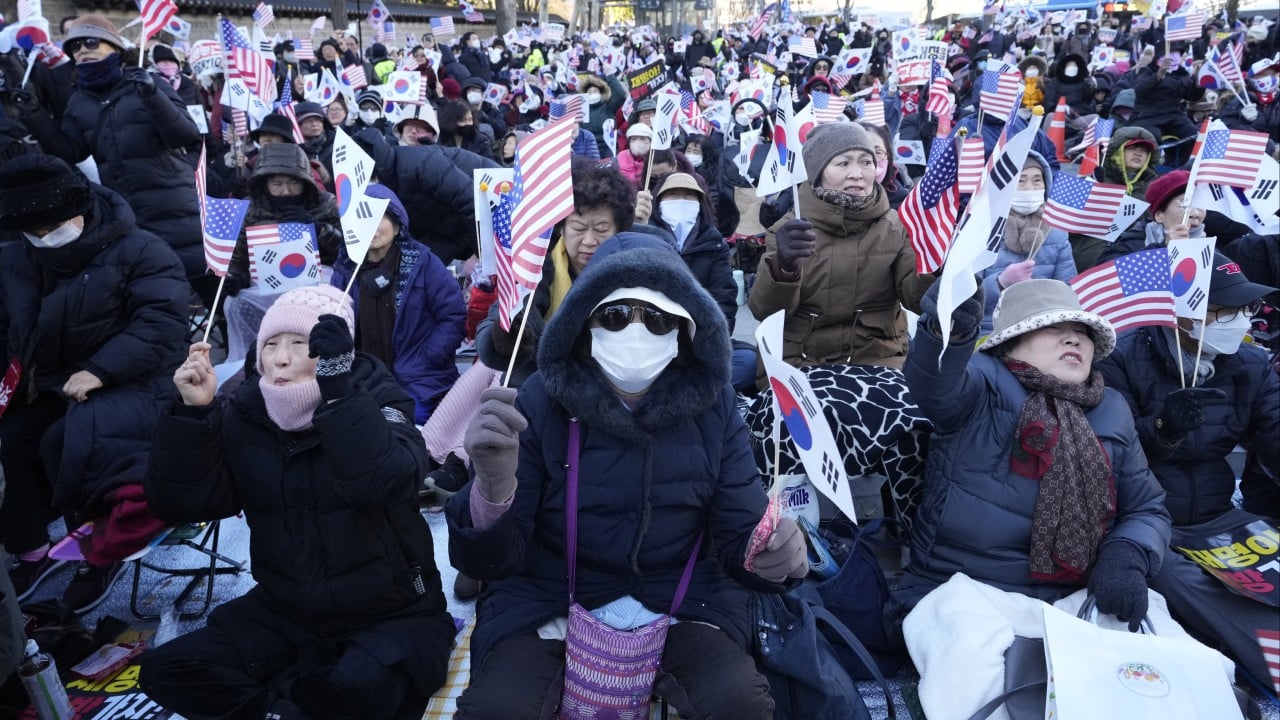The Make America Great Again (Maga) movement started in the 2010s, promising to bring back the old glory of the US empire, making the country a global leader in manufacturing, innovation and technology. However, at its heart, Maga was more than that. It focused on anti-immigration and anti-globalisation sentiments, as well as supposedly promoting Christian values.
Advertisement
Seeing the success of Maga movements in the US, similar movements took hold in countries such as South Korea and Japan.
In an attempt to popularise conservatism in these two countries, far-right movements borrowed heavily from the Maga script, albeit with some changes. Unlike the US, where Maga emphasised opposition to globalisation, the conservative movements in Korea and Japan focused on gender, immigration and political grievances. These movements built themselves on the grievances of young men in their 20s and 30s who feel neglected by mainstream politicians.
In Japan, Sanseito, a far-right party, took cues from the Maga playbook, advocating for “Japanese first” and pushing anti-immigration and anti-globalisation messaging. This has resonated with some conservatives, helping the party gain a considerable margin in Japanese politics.
A similar conservative movement in South Korea has been emerging through youth movements supported by a conservative ecosystem comprising politicians, religious leaders and the media. These movements are rooted in conspiracy theories intensified by alternative facts and popularised by conservative media.
Advertisement
While the Maga and similar movements have grown in parallel in these different countries, an increasing cross-Pacific connection has emerged lately, particularly after Charlie Kirk’s death. Kirk was a prominent proponent of Maga ideology. His death garnered sympathy among the Korean and Japanese conservative movements, highlighting the increasing connection between the Maga and its inspired movements in Northeast Asia, as well as the exchanges between them.

